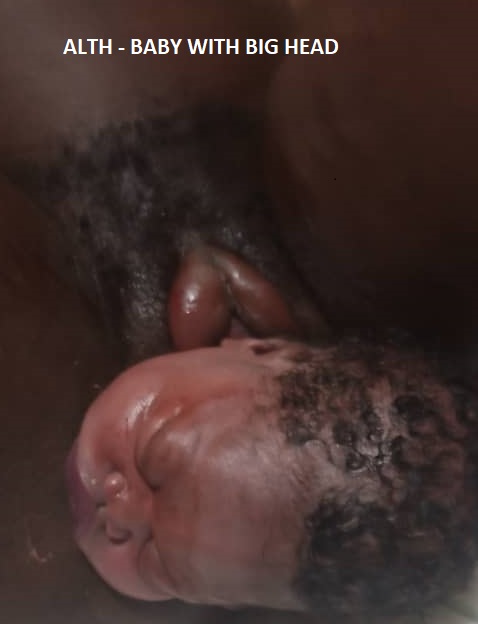Child’s delivery can only be concluded to be safe if when after the delivery, the baby and the mother regains consciousness even if it is gradual – both lives must survive. Therefore, the safety of babies can only be viewed under many criteria, one of which is the suggestion of a caesarian section for big babies.
What is a caesarian section: A cesarian section (popularly called CS or C-section) is the surgical delivery of a baby that involves making incisions in the mother’s abdominal wall and uterus. This is generally considered safe if all factors are considered before embarking on the operation.


Why C-section for a big baby?
The most clinical and healthy – wise reason is for safe delivery. The baby is a bigger size or perhaps, the pelvic is narrow, the mother is thus counsel to embrace caesarian section because:
- To avoid avoidable emergency
- To prevent uterine cut and bleeding
- To avoid heavy tear and loss of blood
- To sustain the life of the mother and the baby
- To minimize the labour stress threshold
- To save the life of the baby
- To avoid baby’s deformity
- To ensure optimum rescuing mission by the surgeon
- To avoid stocking or hanging of the baby at pelvic
- To prevent other possible complication and infection
Other reasons for the caesarian section in delivery
Aside from the above consideration, there are many underlying factors that can compel doctors to canvass for the caesarian section. They are but not limited to these:


- Breech baby (feet- or bottom-first orientation) or transverse (sideways) position in the womb (although some babies can be turned before labour begins or delivered vaginally using special techniques). However, if the techniques aren’t available, the orientation of breech baby calls for surgery.
- A baby with a certain birth defect such as severe hydrocephalus
- Having maternal placenta problem such as placenta previa (when the placenta sits too low in the uterus and covers the cervix)
- If the mother suffers, diabetes, high blood pressure, HIV or active herpes.
- Multiple pregnancies, the c-section is advised because of serial pushing for the baby to escape via cervix which the strength might not be available.
- If the mother had previous surgery in her uterus with no longer period to conception
- Obstructed labour
- Exceeding the due date and no sign of labour
- Size of the pelvic
What is the Recovery Like?
As with any surgery, there’s usually some degree of pain and discomfort after a C-section. The recovery period is also a little longer than for vaginal births. Women who’ve had C-sections usually stay in the hospital for about 3 or 4 days.
Right after, you may feel itchy, sick to your stomach, and sore — these are all normal reactions to the anesthesia and surgery.
For the first few days and even weeks, you might:
- Feel tired
- Might have soreness around the incision
- Be constipated and gassy
- Have a hard time getting around and/or lifting your baby


Safety precautions after caesarian section
For you to be back to life as before, you needed to take some pills of precautionary safety, most especially some weeks or even months after the surgery.
- Avoid lifting a heavy object
- Avoid resting your baby on your abdomen at least for few months (1-3 months)
- Stay clear from hard labour so you won’t unnecessarily pressure on your incision
- Control your laughter, sneezing and even coughing as much as you can, as these may cause discomfort
- Don’t resume sex until you are told by the doctor (usually about 6 weeks or 2 months after delivery)
- Check with your health care provider about when you can get back to your normal activities (typically after about 6 to 8 weeks, when the uterus has healed).
Our counsel at ALTH
If your condition signal difference from your normal state of health after the surgery, call us, or perhaps, if you notice any of the following, never hesitate to call us.
- Symptoms of infection around your incision (swelling, redness, warmth, or pus)
- Sharp pain or strong pulling effect around your incision or in your abdomen that comes on suddenly or gets worse
- Foul-smelling of vaginal or vagina discharges
- Pain when peeing
- Fever
- Difficulty in bending after a few weeks
- Heavy vaginal bleeding
- Leg pains, or swelling or redness of your legs
- Difficulty breathing or chest pain
- Pain in one or both breasts
- Feelings of depression


Recent Comments